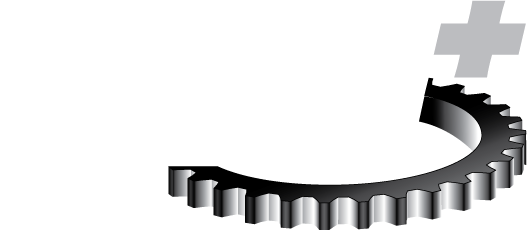
Automotive Differentials; Function, Use and Types
This course provides insight into automotive differential technologies including the intended function, issues with the common differential types (i.e. open differential), the concept of traction aiding differentials, and the difference between passive mechanical and active electronic. The course concludes with an overview of the design requirements and common manufacturing nuances specific to differential gears. <Should this be added to the end of the topical outline? E.g., Design requirements and manufacturing considerations for differential gears>
Learning Objectives
By completing this course, you will be able to identify, recognize or articulate the:
- Operational requirements of an automotive differential
- Fundamental and governing equation of differential gearing
- Functional differences between open and traction aiding differentials in the context of an enhanced driving experience
- Various common threads to the technology and gear design for most of the various forms of passive mechanical
- Fundamentals of electronically controlled traction control
Who Should Attend
The intended audience for this course is powertrain and gear engineers who have not been previously exposed to the concept of differentials, differential gearing and / or automotive powertrain control and power distribution.
Prerequisites
Because this course is targeted at several design and engineering disciplines, learners should have a B.S. in engineering or related field and preferably a minimum of two years design experience in automotive powertrain.
Topics
- Functional overview of a differential and review of the governing equation and mathematical definition
- Differential locations
- Operation of an open differential and its inherent limitations
- What is meant by mechanical traction aiding differentials (MTAD) and torque bias ratio (TBR)
- Review of various types of MTADs
- What is meant by Electronic traction aiding differentials (eTAD) and controlled stability and slip (CSS)
- Review of various types of eTADs
- Other traction management methods, technologies and systems
